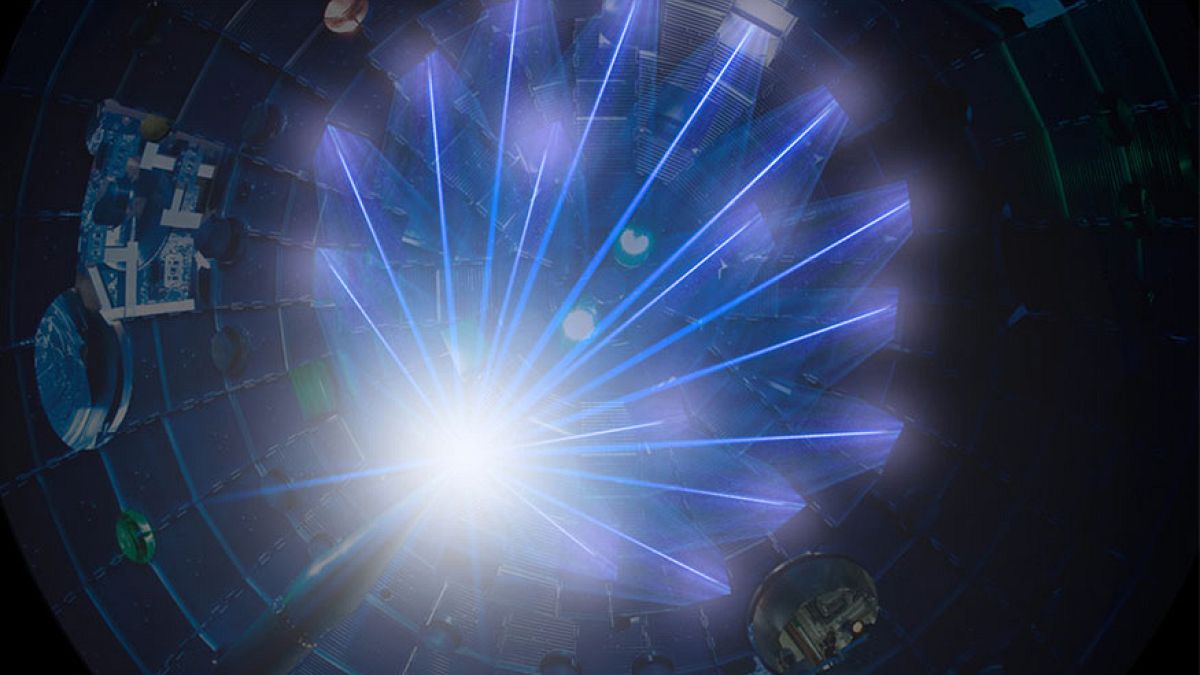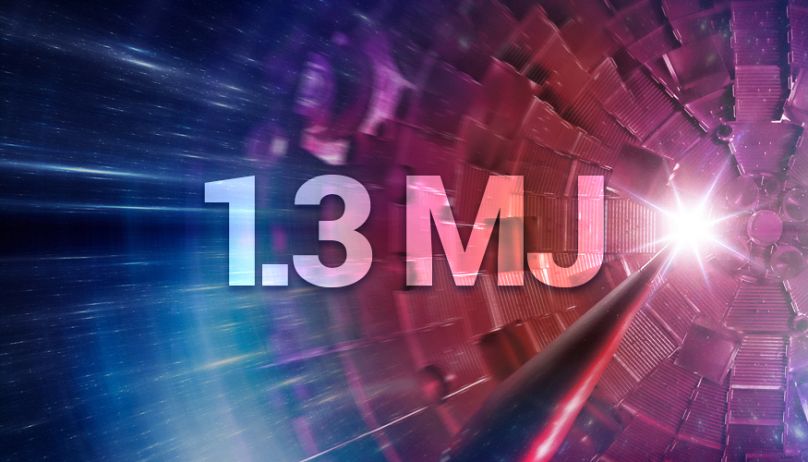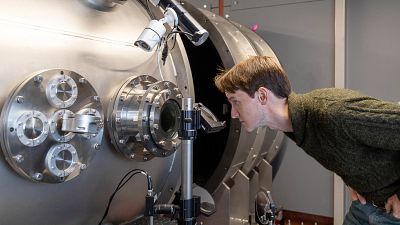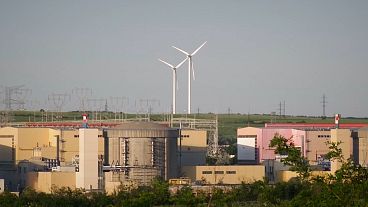Nuclear fusion is the process that is at work in the stars and sun. American scientists say they could be on the verge of harnessing it for clean energy.
Nuclear scientists say they are on the “threshold” of a breakthrough in nuclear fusion, raising hopes for the potentially limitless source of clean energy.
The US Lawrence Livermore National Laboratory (LLNL) on Tuesday welcomed the “historic” breakthrough after they focused 192 laser beams onto a peppercorn-sized capsule, creating a burst of fusion energy eight times larger than they had ever achieved before.
While the energy released lasted for only 100 trillionths of a second, the 1.3 megajoules it generated equated to 70 per cent of the energy used by the lasers that triggered the process.
That brings scientists closer to the holy grail of “ignition,” the moment the fusion process generates more energy than it uses.
"This result is a historic advance for inertial confinement fusion research," said LLNL director Kim Budil.
The experiment was carried out on August 8 at the LLNL’s National Ignition Facility in California. While plans to repeat the process are underway, it will take “several months” to carry them out, the laboratory said in a statement.
What is Nuclear Fusion?
The nuclear fusion process “marries” two light atomic nuclei to create a heavy one.
This is the process that is at work in stars, including our Sun.
In the experiment, scientists used two isotopes of hydrogen, giving rise to helium.
Fusion is considered by some experts to be a potential energy of the future because it produces no greenhouse gases and little waste.
It differs from fission, the technique currently used in nuclear power stations, where the bonds of heavy atomic nuclei are broken to release energy.
Unchartered territory
"The NIF teams have done an extraordinary job," said Professor Steven Rose, co-director of the Centre for Inertial Fusion Studies at Imperial College London.
"This is the most significant advance in inertial fusion since its beginning in 1972."
But, Rose’s co-chair Jeremy Chittenden warned, making fusion into a usable source of energy is not going to be easy.
"Turning this concept into a renewable source of electrical power will probably be a long process and will involve overcoming significant technical challenges," he said.
For this to happen, ignition, the process that makes more energy than it uses, is essential and will be the holy grail for companies that are trying to commercialise fusion.
A statement from the LLNL said what is key about the experiment, the results of which have not yet been peer-reviewed, is that it makes a “significant step towards ignition”.





